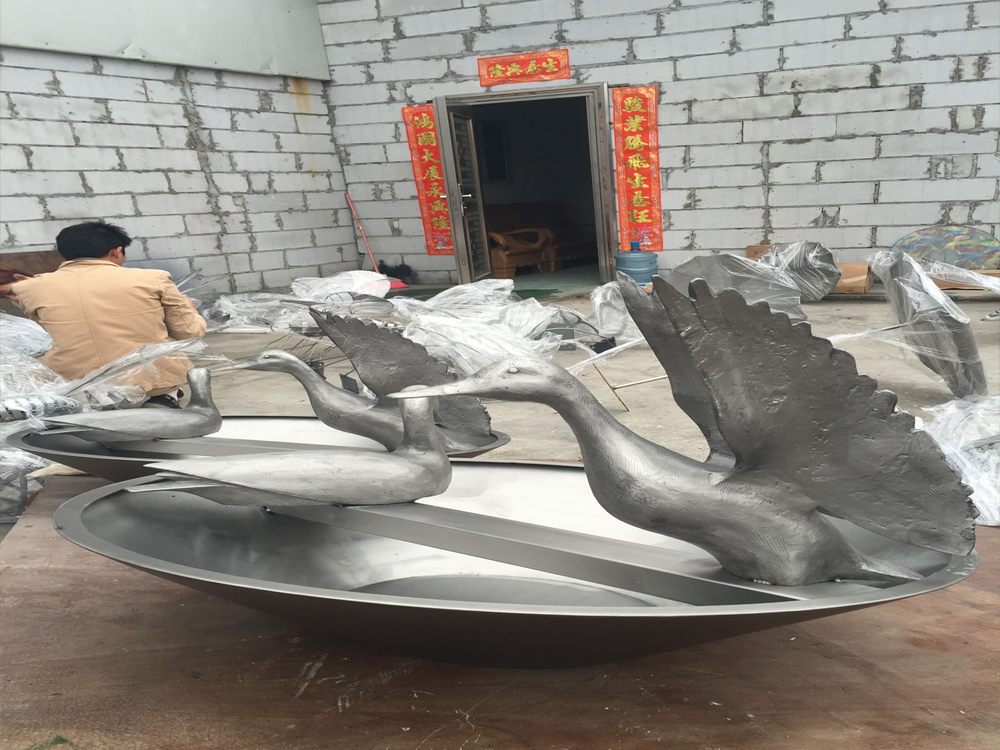
Creating hollow or lightweight stone sculptures is a fascinating blend of artistry and technical skill. Artists employ several methods to achieve these delicate yet durable pieces.
One common technique is hollow carving, where sculptors carefully chisel away the interior of the stone, leaving a thin outer shell. This requires precision to maintain structural integrity while reducing weight. Tools like pneumatic hammers and diamond-tipped drills help artists carve intricate details without compromising the sculpture’s stability.
Another approach involves using lightweight materials such as pumice, volcanic rock, or synthetic stone composites. These materials mimic the appearance of traditional stone but are significantly lighter, making them ideal for large installations or hanging pieces.
Some artists opt for casting methods, where a mold is created from an original sculpture and filled with a stone-like resin or lightweight concrete. This allows for intricate designs without the heaviness of solid stone.
Additionally, modular construction is used for larger works. Artists carve separate hollow sections and assemble them, reducing overall weight while maintaining grandeur.
Finishing touches, like sandblasting or acid washing, enhance texture and realism. Whether through traditional carving or modern innovations, these techniques enable artists to push the boundaries of stone sculpture, creating breathtaking pieces that defy expectations.

